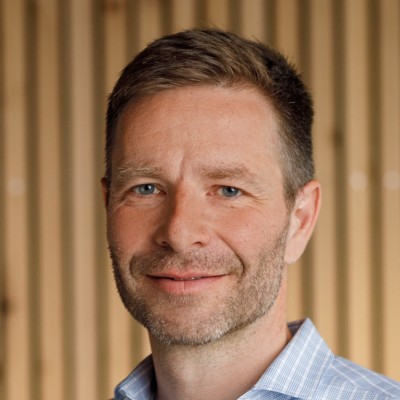- Video Library
- Dominic Senn Presents machineMD at LSI USA '24
Dominic Senn Presents machineMD at LSI USA '24

Dominic Senn
Serial entrepreneur and experienced startup manager. Excellent communicator and team player with a large network. Founder of various successful startups. Head of Business Development at TWINT AG, Switzerland`s most successful provider of mobile payment solutions. Co-Founder and CEO of machine MD, a startup company that is developing medical devices that help diagnose brain disorders by looking at the movement of the eyes. Strong focus on conscious leadership and coprorate culture. Proud to manage a startup that strives to have a positive impact on the world.
Finally, never forget that "we’re all just walking each other home" (Ram Dass)
Dominic Senn
Serial entrepreneur and experienced startup manager. Excellent communicator and team player with a large network. Founder of various successful startups. Head of Business Development at TWINT AG, Switzerland`s most successful provider of mobile payment solutions. Co-Founder and CEO of machine MD, a startup company that is developing medical devices that help diagnose brain disorders by looking at the movement of the eyes. Strong focus on conscious leadership and coprorate culture. Proud to manage a startup that strives to have a positive impact on the world.
Finally, never forget that "we’re all just walking each other home" (Ram Dass)

17011 Beach Blvd, Suite 500 Huntington Beach, CA 92647
714-847-3540© 2025 Life Science Intelligence, Inc., All Rights Reserved. | Privacy Policy







